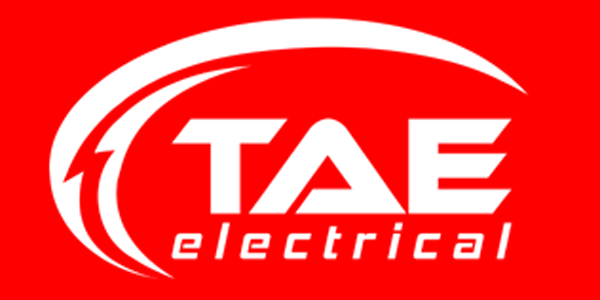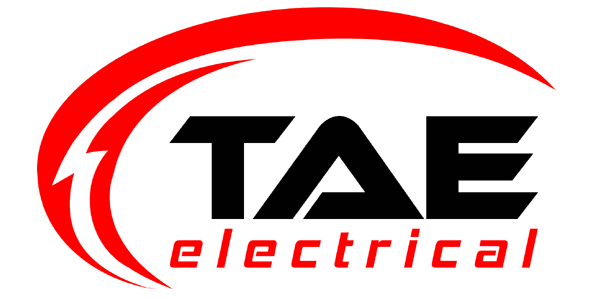Everything You Need to Know about High Output Alternators
Chances are if you’re looking to upgrade your alternator from the factory-installed device, you’re not what one could call an “average” care owner. While many people own a car simply to get to work and back home, a smaller but far more passionate subsector of the population drives a car for other reasons - style, flair, and a genuine love for all things mechanical. If you’re looking to drive a head-turning hotrod with subs, hydraulics, and LED lights, then you’ll definitely need one thing - a high output, high-performance alternator.
The Basics
An alternator is a critical component of any moving vehicle that allows the rotational energy produced by the engine to convert into electrical energy, used to charge the battery and power functions such as headlights, air conditioning, or a radio. Alternators are made up of coils of wire, called a stator, and a quickly spinning rotor. When combined, these two devices represent a generator, or dynamo, contained within the vehicle, allowing it to produce its own energy.
This ingenious device is the reason car batteries last so long, and why we don’t have to plug our cars into the wall to power the radio. For most consumers and car owners, the standard alternator will serve this function well enough, and any power issues are likely to be caused by other factors than an underpowered alternator. However, within the car customization community, performance and high output alternators are a critical starting point for upgrading any vehicle.
Performance Quality
Alternators can be used in almost any vehicle, from boats to diesel trucks and even trains. Different electrical specifications must be taken into consideration, such as the number of watts or amps that are required for different vehicles. When it comes to the alternator, it never hurts to have more power available. Alternators provide power on an “as needed” basis, so there is no risk of overloading your system by purchasing a higher-powered alternator.
Within the simple rotating electromagnetic generator design, there are various other components that make up the alternator. The quality and results of the product will depend on the skill and care put into manufacturing these various components:
Besides the basic stator and rotor components, the parts that make up an alternator are as follows:
- Housing, a characteristic casing, usually metal, with cooling vents to regulate heat output
- Voltage regulator, providing a steady output level and making sure nothing overloads
- Pulley, a belt attached to the rotor shaft which provides the mechanical energy necessary
- Rectifier, a device which converts between AC and DC electrical current
Together, these parts form an essential component of any vehicle, and are one of the most ingenious inventions of the modern day. Without an alternator, cars would be much less convenient, and many of the functions that we take for granted, such as air conditioning, would not work.
Who Needs a High Output Alternator
Maybe you are into street racing (legally, of course), or you want to catch the attention of the ladies with your hydraulics. Or perhaps, you are really into bass-heavy rap and like to impress your friends with the biggest and baddest subs on the block. Or, you might just be a hobbyist with a cherished project car, and you just want the best performance possible.
No matter what your situation is, if you’re a mechanical hobbyist or professional, you will eventually find yourself needing a new alternator. When you do, it’s always worth the time to spend a little more money to get better performance. As usual with car repairs, you can try to find a used or refurbished part and save money, or buy a new part and get guaranteed performance, warranties, and more peace of mind. Whichever you decide, finding the right part and the right specifications is a critical step towards having the best functioning car you can have.
Watts, Amps, and Volts
When you begin the process of upgrading your standard alternator to a high output or performance alternator, you must make sure you have the right gauge wire. Because the output loads are higher, the wire must be able to handle more power. Before upgrading, be sure to test your amperage draw. This is done using an ammeter. This is a simple tool that can tell you if your system is drawing too much power, has room to spare, or is right at the line.
If your ammeter test shows that your required voltage is close to what it is outputting, you will want to upgrade your alternator. This is because you want to have power to spare, so you don’t risk running a dead battery, and ending up stuck on the side of the road. The only way to ensure this doesn’t happen is to invest in a high output alternator.
Whether you’re a hobbyist, professional, or just like to show off your banging ride, a high-quality performance alternator is a great place to start before upgrading your vehicle too much.

NEED HELP? CALL US 1-520-622-7395
M-F 8-5 / SAT. 9-2
FAST SHIPPING
Orders placed by 2pm EAST will be processed same day








